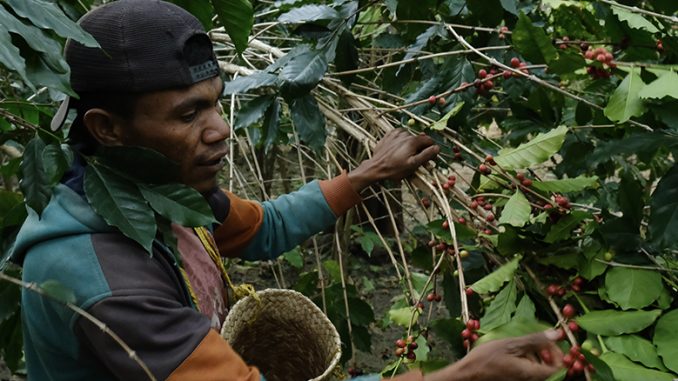
Here’s what you need to know about this Southeast Asian nation and its coffee-growing history.
BY KATRINA YENTCH
BARISTA MAGAZINE ONLINE
Photos provided by Sucafina Specialty
Amongst the Southeast Asian countries that grow coffee, Indonesia, Vietnam, and Thailand are perhaps the best known. But travel a little farther south, and you’ll discover another coffee-growing nation, a maritime paradise little known to both caffeine enthusiasts and travelers alike. In the Malay Archipelago islands, you’ll come across the arid coffee highlands of Timor-Leste.
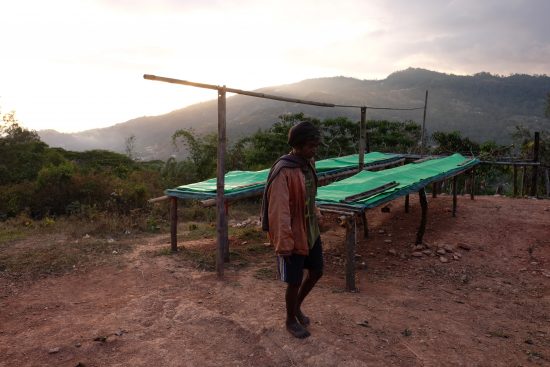
Some of you (like myself) may have only recently discovered coffee from this region, but the history of coffee in Timor-Leste dates way back to the 1800s. However, this history is marked with heavy periods of colonialism, and the longtime occupation of Timor-Leste is largely responsible for coffee’s inconsistent rise and decline in the nation. Today however, its production is stronger (and tastier) than ever. Although Timor-Leste’s coffee exports make up less than 1% of the world’s coffee, it still accounts for about 80% of the nation’s overall exports. Today, we learn how coffee came to Timor-Leste, the unique varieties you’ll find there, and what coffee from this region tastes like.
Timor-Leste (also known as East Timor) is on the eastern half of the island nation Timor. Timor lies below Indonesia and west of Papua New Guinea. Coffee first came to Timor-Leste when the Portuguese occupied it in the 1860s, and quickly became responsible for half of the country’s exports, until Indonesia gained control of East Timor in the 1970s. Because coffee at the time was not a government-controlled export, it was privately produced by landowners, and many abandoned their farms during this occupation. Coupled with an attempted takeover by Japan during this time, East Timor did not truly gain full independence until 2002. It was during this time, then, that the nation quickly got to work in securing its status as a coveted coffee destination and what we know today.
“Timor is another do-good, feel-good coffee that is gradually becoming taste-good as well,” writes Coffee Review of East Timor varieties. This statement proves to be truer every year as its production increases, and finds its way into markets across Germany, Australia, the U.S., Indonesia, and beyond. Growing coffee in this region can be difficult—with an arid climate marked by a short rainy season, the nutrients in the soil can be low. However, the conditions can still be ideal to work with, in that Timor-Leste has high-altitude regions with plentiful shade trees, where much Arabica coffee grows. For this reason, coffees here are grown without any chemicals, and most are certified organic.
“The people of Timor Leste have a strong cultural identity with tight-knit communities across a beautiful, rugged landscape. In the face of a challenging environment with aging, poorly nourished trees and limited infrastructure, they are producing excellent coffee,” says Daniel Shewmaker, the Indonesia & Timor Leste manager at Sucafina Specialty. “Recent investments in the coffee sector have brought about increased quality with greater diversity in processing styles and profiles, but there remains much work to be done. We are just scratching the surface of potential in Timor Leste and look forward to future developments.”
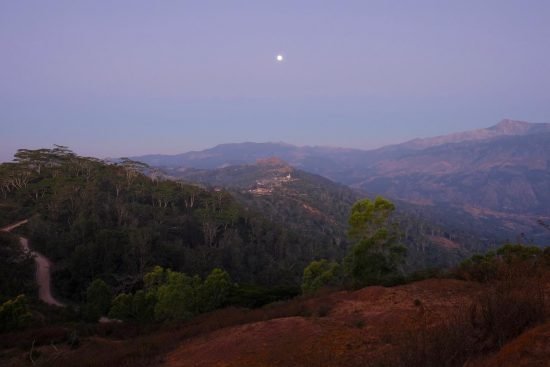
Coffee is also the country’s only cash crop, and therefore the government plays a strong role in improving conditions during the harvest season by investing in infrastructure. Producers and others are making strong efforts as well through agricultural techniques and building newer processing mills. These efforts continue to prevail, as Timor-Leste produces more and more coffee successfully every year.
Steve Kirbach, a green buyer at Coava Coffee Roasters, recently purchased coffee from Timor-Leste. To his knowledge, Coava was one of the first North American roasters to sell lots from this region as single-origin offerings this past holiday season. “I bought the coffee through Sucafina Specialty,” he says. “I had traveled to Indonesia (Sulawesi, Java, and Sumatra) as well as (Papua New Guinea) P.N.G. and was always blown away by the whole Asia Pacific Experience. Each island had so much diversity in the cup and different structure on how coffee was managed, processed, and grown, as well as why it’s grown.”
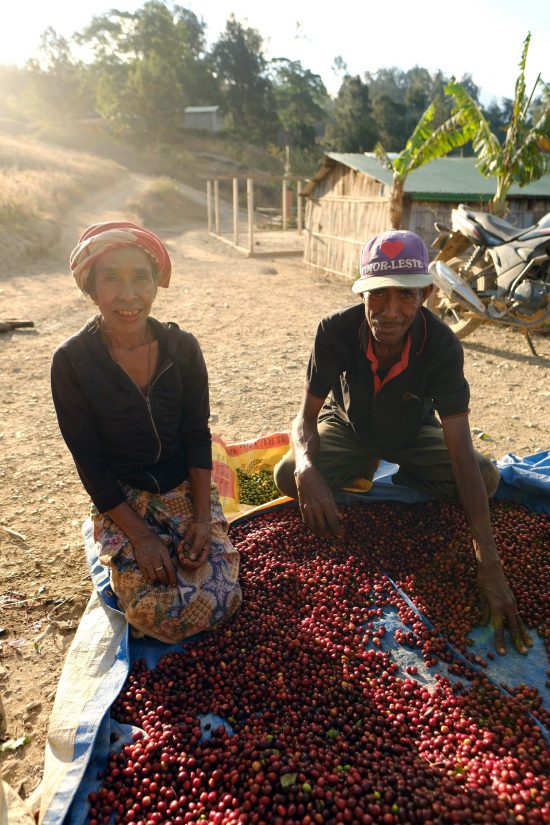
Some coffee plant varieties commonly found in Timor-Leste are Typica, along with several unique varieties that originated in the nation—which now grow in coffee-producing countries around the world. The Timor Hybrid (Hibrido de Timor) began growing on the island in the 1920s as a hybrid of Arabica and robusta coffee; it is extremely disease-resistant and high-yielding. Out of this sprung the Catimor variety, and eventually Sarchimor too.
The coffees from Timor-Leste simply stand out. For Steve, the drive to carry offerings from this region was through encouragement by Coava to bring something exciting to the menu—specific to his own experiences. “The team started cupping through samples from Flores, Java, Sumatra, Sulawesi, Timor Leste, and P.N.G.,” he explains. “Something about the depth and layered complexity of the Timor Leste coffees stood out.” Combined with the ability to help the country with its only cash crop, it made both a financial and personal impact to work with Timor-Leste.
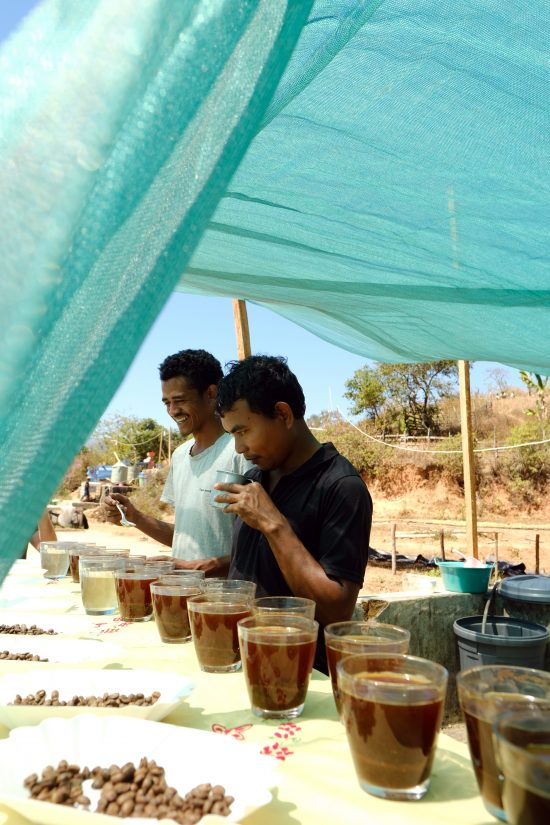
The taste of East Timor coffees are unique in mouthfeel, but vary widely in flavor notes depending on the lot. “I don’t think there is a definitive taste of East Timor; that’s part of the appeal of coffee in general,” Steve says. “The guava, starfruit, licorice, molasses, and dark honey notes that are present in the lots we purchased added a whole new dimension to our menu though. I would be willing to summarize that most of the lots we tasted did have a really unique mouthfeel, almost custard or crème brûlée-like.”
As an independent nation with a desire to innovate, Timor-Leste’s future in coffee production only looks brighter and better.

